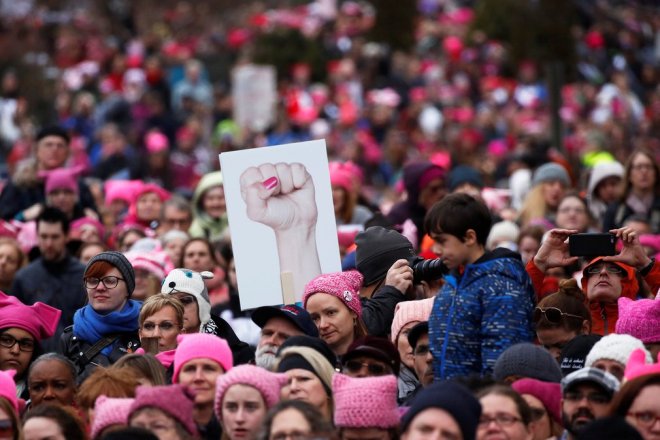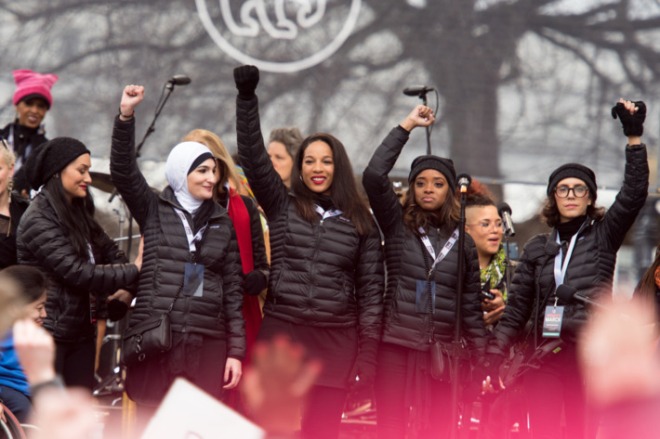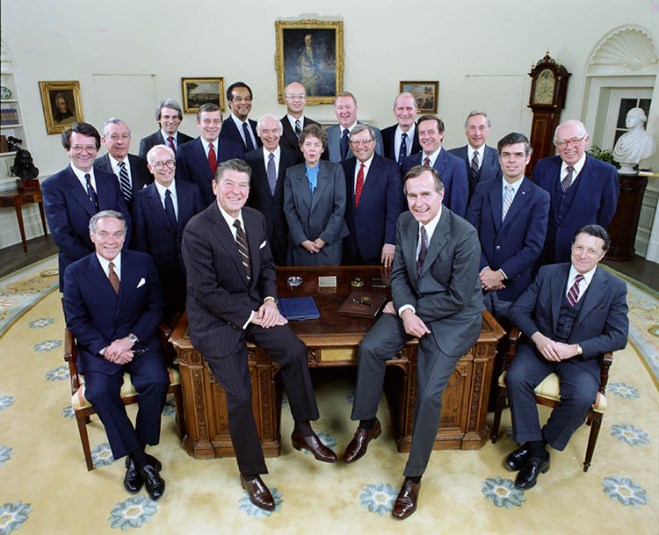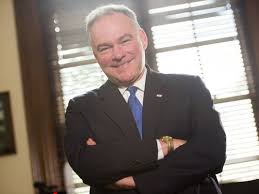Demographers tell us that those who identify as white will be in the minority in a few years. If you were a political party trying to maintain power and relevance wouldn’t you be trying to court members of the future majority? I guess not.
Frank Bruni wrote in his recent column
From proud Republican harbinger to sad Republican castaway — that’s the story of Representative Mia Love, who finally conceded her extraordinarily close House race on Monday.
It’s the story of her party, really. Of what it once realized about the future and how it slouched backward into the past. Of trading the elixir of hope for the toxin of fear.
It charts Republicans’ ugly drift under Donald Trump, who rooted for her defeat not only as the votes in Utah’s Fourth Congressional District were still being counted (“Mia Love gave me no love,” the president pouted) but with all that he said on the campaign trail and has done in the White House. Tacitly and explicitly, he has sown disdain for the likes of Love, a daughter of Haitian immigrants who, in 2014, became the first black Republican woman ever elected to either chamber of Congress.
She remains the only one. When she leaves at the end of this congressional session, there will be just two black Republican men — one in the House and one in the Senate.
And then you have Cindy Hyde-Smith winning in Mississippi. Jelani Cobb writes in the New Yorker
A series of outrageous statements, regardless of whether they were calculated or clueless, was not sufficient to alienate enough white Republicans from Hyde-Smith. She blithely stated that she would be willing to sit in the front row of a public hanging, in a state whose history is marred by the spectacle murders of black people at the hands of racist white mobs. She “joked” that she was in favor of making it more difficult for certain people to vote in the state where, in 1966, the N.A.A.C.P. activist Vernon Dahmer was killed—his home was firebombed—for the crime of registering black people to vote. Earlier, she had praised Beauvoir, the home of Jefferson Davis, as “Mississippi history at its best!” (It was also reported last week that she had graduated from a “segregation academy,” created to sidestep the Supreme Court’s Brown v. Board of Education decision, and sent her daughter to a school that had had the same origins.)
Mike Espy was always a long shot to win the elections, but the margin, 54 to 46, surprised me; I thought it would be closer. And Hyde-Smith is not the only Republican to win this fall despite their racist statements. Think of Governor-elect DeSantis in Florida and Governor-elect Kemp of Georgia. Cobb writes
Hyde-Smith’s victory means that, this month, three Southern white Republicans used cavalierly racist rhetoric in successful attempts to defeat three black Democrats in statewide races. In Florida, Ron DeSantis warned Floridians not to “monkey this up” by electing his rival. In Georgia, Brian Kemp billed himself as a Trump-like conservativewho drove a large pickup truck so as to have room for the “criminal illegals” he might round up as he went about his day.
Trump with his implicit and explicit racism has created the atmosphere that gives other candidates cover. On the Democratic side as Bruni points out, there is a new diversity.
Everything you heard about the exciting diversification of midterm races? About the significantly increased numbers of women running for office, of people of color, of L.G.B.T. candidates?
That was on the Democratic side. The Republicans either couldn’t be bothered, couldn’t find any takers or — my guess — both. Love called that out in a remarkable concession speech on Monday. To the victor go the spoils, but from the vanquished comes the candor.
“Because Republicans never take minority communities into their home and citizens into their homes and into their hearts, they stay with Democrats,” Love said. Democrats “do take them home — or at least make them feel like they have a home.”
Mia Love has put her finger on the Republican problem. After Mitt Romney lost in 2008, the Republicans talked a lot about a reset to become more diverse and attract more diverse voters. It obviously has not happened. In fact, the Republicans have gone far in the opposite direction. Meanwhile, the Democrats have made, in Love’s words, a diverse group feel like they have a home. Just take a look at this New York Times piece on the new Freshmen in Congress. The contrast is striking. The Republican Party is being left behind.
Let me give Cobb the last word
The pre-Trump Republican Party certainly relied on the support of whites who held racially bigoted views, but it struggled for plausible deniability in such matters. With Trump, the racism is out in the open, and so, in some cases, is the willingness of the electorate to tolerate it. The Mississippi race reinforced something that has been impossible to avoid but difficult to accept: Trump’s imprimatur actually helped some Republicans win elections. Nina Simone titled her racial-justice protest song “Mississippi Goddam.” The shame isn’t just that the song remains resonant fifty-four years after it was released but that, looking at the landscape of 2018, there are still so many other places she could sing about.








